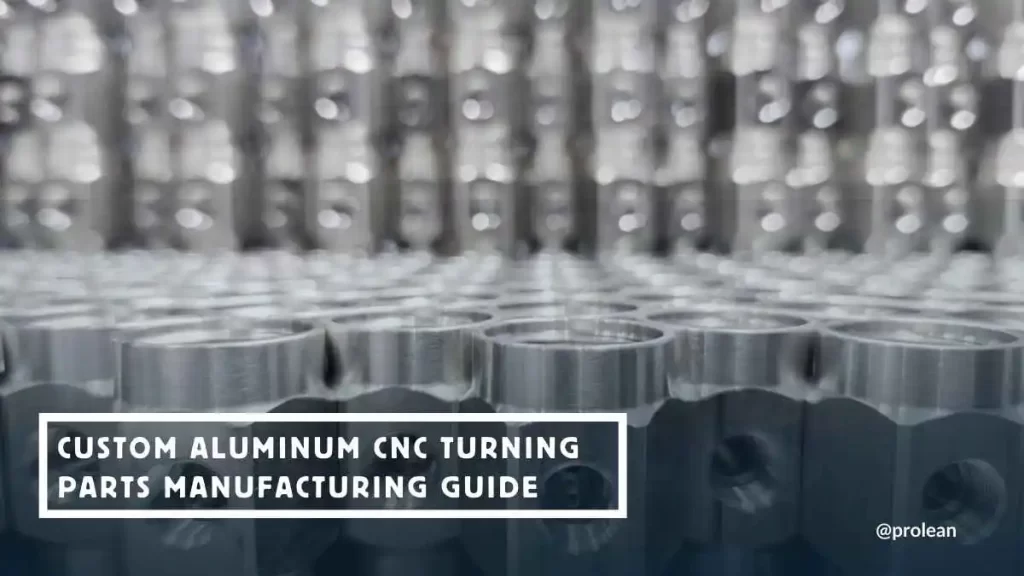
Why are aluminum and CNC turning machining a perfect combo? Aluminum is used in almost every product right from aircraft parts to home appliances. Because it has peculiar characteristics that make it an ideal material for machining valuable products.
Besides, aluminum offers highly durable parts yet light in weight. Additionally, it’s relatively cheaper to use and gives the manufacturer freedom to design complex designs with even tolerance in a few microns. Therefore, aluminum is perfect for prototypes and custom large quantities productions.
Let’s take a closer look at the aluminum pros and find out why it’s the optimal choice for CNC Machining.
6 Reasons Why Aluminum Is the Ideal Choice for CNC Turned Parts?
In recent years, CNC turned products/parts have experienced tremendous demand for aluminum application. Let’s find out 6 primary reasons to use aluminum for machining.
Reason # 01: Cutting Ability for Turned Operation
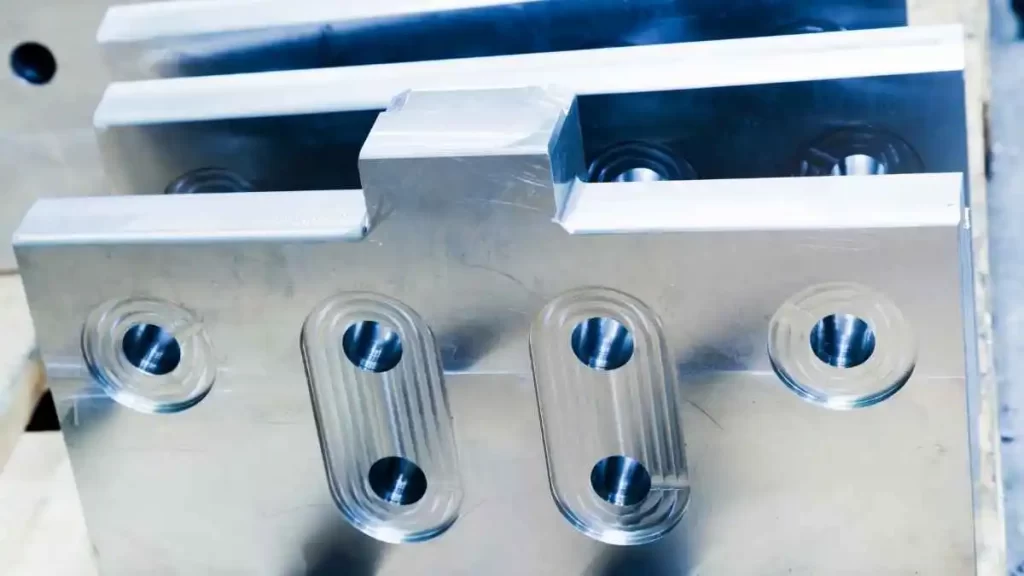
Image Name: Aluminum CNC Turned Part
The machinability of aluminum is outstanding. The material is easy to turn and does not put too much strain on the tools. Thus, it affords high accuracy and rapidity in the turning operation. Moreover, It premises the material’s dimensional stability.
The aluminum components provide you with uniform surfaces due to modern CNC turning machines and carbide tools and coolants. So, cutting down time and cost in operation. Furthermore, the aluminum parts can also be subjected to bead blasting finish to give a dull surface or anodizing to give a polished finish. Moreover, it increases the part’s ability to resist corrosion.
Reason # 02: Low Density Yet High Strength-to-Weight Ratio
Aluminum is widely known for its high strength-to-weight ratio. Whereas it is ideal for industries that seek to minimize weight in products such as aerospace, automobile, and robotics.
In CNC turned parts, these properties are useful in making parts like shafts, connectors, and fittings. The strength of aluminum can easily be maximized by alloying it as a heat treatment.
Reason # 3: Diverse in Alloy Options
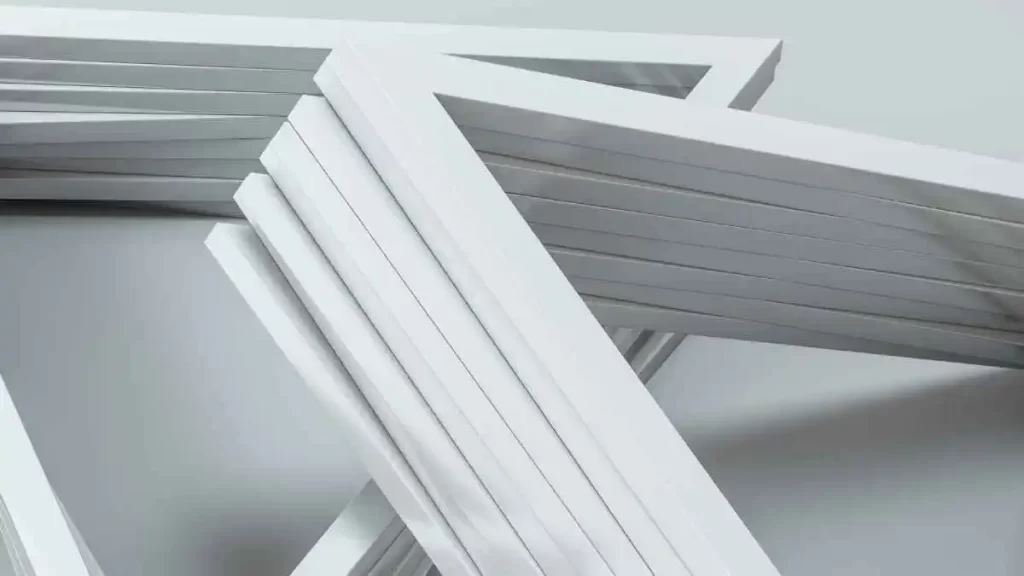
Image Name: Aluminum Triangle Bar Samples
Aluminum can manipulate other alloying elements in it. For CNC turned parts, there is the availability of many alloys with the capacity to adjust the material features to the various performance characteristics needed.
The Typical Aluminum Alloys Used For Turning CNC Machining Includes;
- 6061
- 2024
- 7075
- 5052
You can choose from a range of alloys that guarantee functional and ornamental use in CNC turned parts. (Read more about aluminum heat sink)
Reason # 05: Superior Corrosion Resistance
A highly desirable property of aluminum is its ability to develop a protective oxide skin when in contact with the air. It is a big advantage to CNC turned parts, especially those used in critical applications.
Anodizing the aluminum takes this resistance a step further while developing hard, wear-resistant skin. This makes it ideal for high-performance parts such as bushings, spacers, and pulleys. The oxide layer reforms instantly, making it possible to protect the surface for a long even if it has a scratch or is in some way compromised.
Reason # 06: Effective Heat and Electricity Transfer
Aluminum is highly conductive to both heat and electricity and, therefore, ideal for turned parts in thermal and electrical applications. Products such as heat sink housings, connectors, and electrical fittings are improved by the thermal conductivity and electrical conductivity of aluminum.
The aluminum cnc machining is often utilized in industries like electronics and electric vehicles since turned parts created by CNC have low density and high conductivity. Aluminum is the preferable choice to copper as it is cheaper to use yet provides an efficient performance. Looking for an aluminum cnc turning parts factory, Proleantech is here to help you meet your personalized requirements.
Try Prolean Now!
Most Suitable Aluminum Alloys for CNC Turning Machining
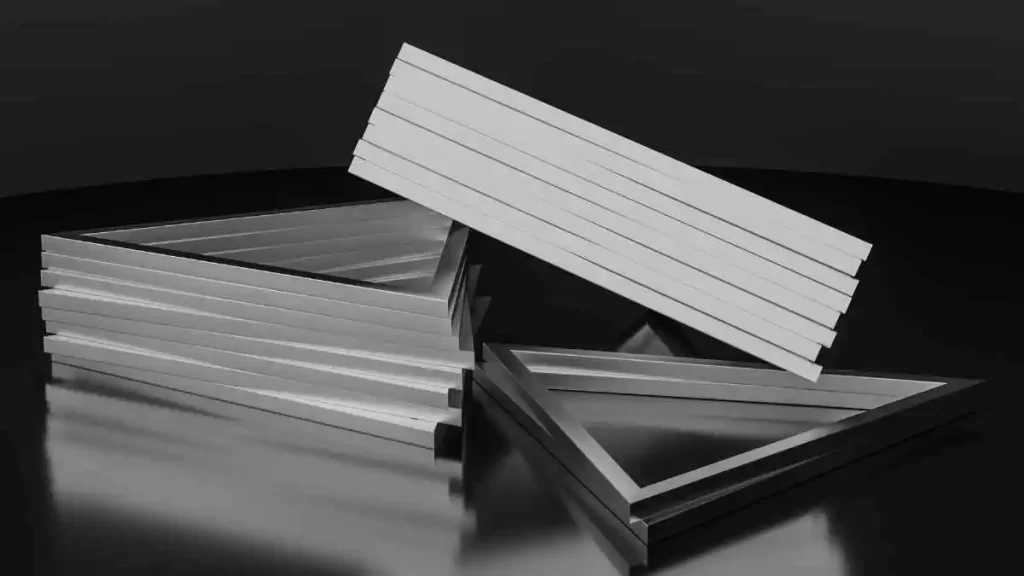
Image Name: Aluminum Triangular Bars
Not all aluminum alloys are of the same composition. Each one is unique in its way and knowing which one to select in your application is critical in your projects. Let’s break down the most popular options for you:
Aluminum 6061: 6061 is your one-stop shop for strength and adaptability. Since it has a low rate of corrosion and is easily welded, optimum for structural uses.
Aluminum 6060: It is slightly less hard than 6061. Therefore, suitable for intricate patterns and tight joints.
Aluminum 5083: If you require material that can withstand the effects of seawater, 5083 is right for marine use due to its high corrosion resistance.
Aluminum 7075: If strength is considerable, you can never go wrong with 7075. It’s extremely hard and stings and is typically employed in areas that require high strength, such as aircraft parts.
Aluminum 6082: For sheer structural work, 6082 holds perfect corrosion resistance alongside strength. Its use is common in highly stressed areas such as bridges, cranes, and the like.
How Can You Overcome Challenges in CNC Turning Aluminum
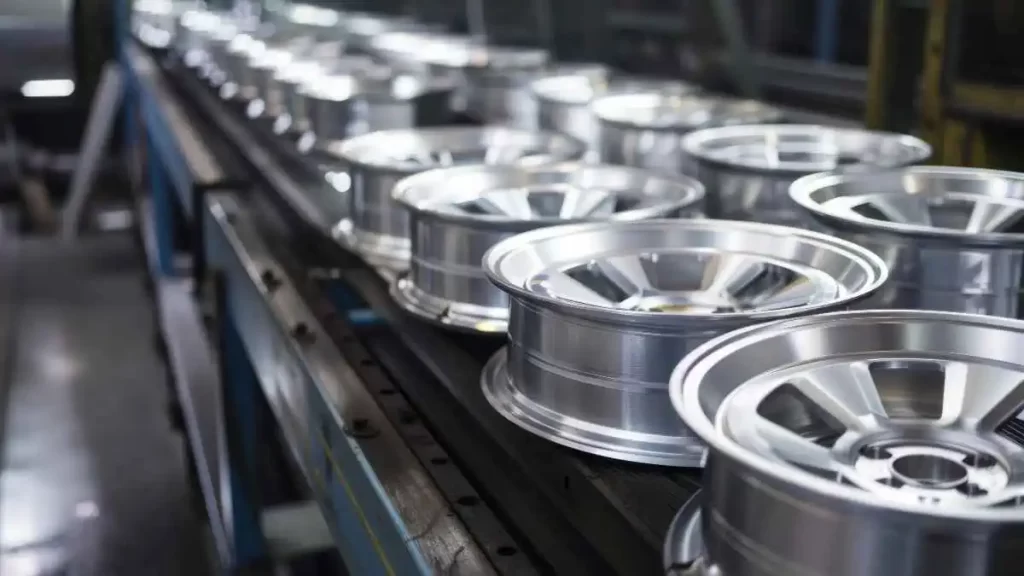
Image Name: Aluminum Alloy Wheel Rim
As mentioned, aluminum has flexible characteristics, while other materials often present difficulty in machining. Overcoming challenges leads to accurate, sturdy, and effective outcomes.
Preventing Aluminum from Sticking to Tools
Aluminum can gunk up cutting tools during machining operations. For better adhesion, proper tool coatings, normally, TiCN are used. Additionally, the recurrent use of coolant minimizes heat build-up during machining. However, reducing the speed of cutting can minimize the sticking rate while increasing the cutting speed reduces friction.
Reducing Tool Wear for Better Precision
Aluminum’s stickiness can cause wear on the tools and slightly influences the operation accuracy. Carbide or diamond tips increase durability while also improving the sharpness. External part inspections retain part quality when running a long shift with the cutting tool. Advanced lubrication systems also outwear.
Managing Softness to Prevent Deformation
Aluminum is a relatively soft metal that bends under pressure. How well a workpiece is held determines the stability during the machining process since work-holding fixtures provide good arch support.
Low clamping pressure does not cause additional undesirable loads on the material. Machining sequences must have to possess characteristics that can minimize internal stress and distortion.
Try Prolean Now!
Common Finishing Techniques for CNC Turned Aluminum
More additional processes follow for aluminum parts to increase aluminum’s capabilities, stability, and look. Some of these techniques improve corrosion protection and part appearance.
Anodizing
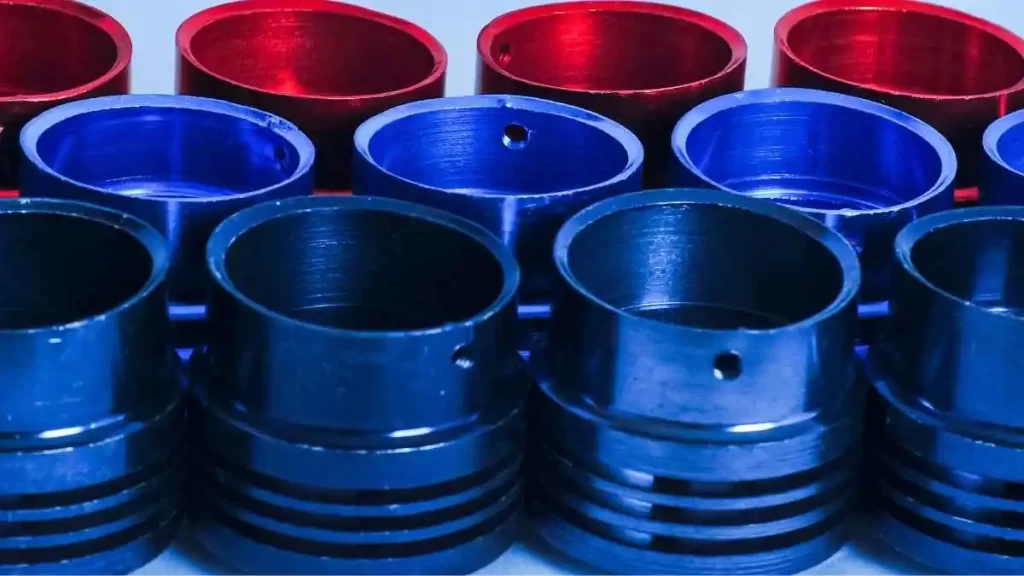
Image Name: Anodized Machined Aluminum Parts
Aluminum Anodizing forms a colored layer on the outside surface of an item. It increases corrosion and comes in a wide range of colored options. The finish is suited to aerospace, electronics, and medical applications of parts.
Powder Coating
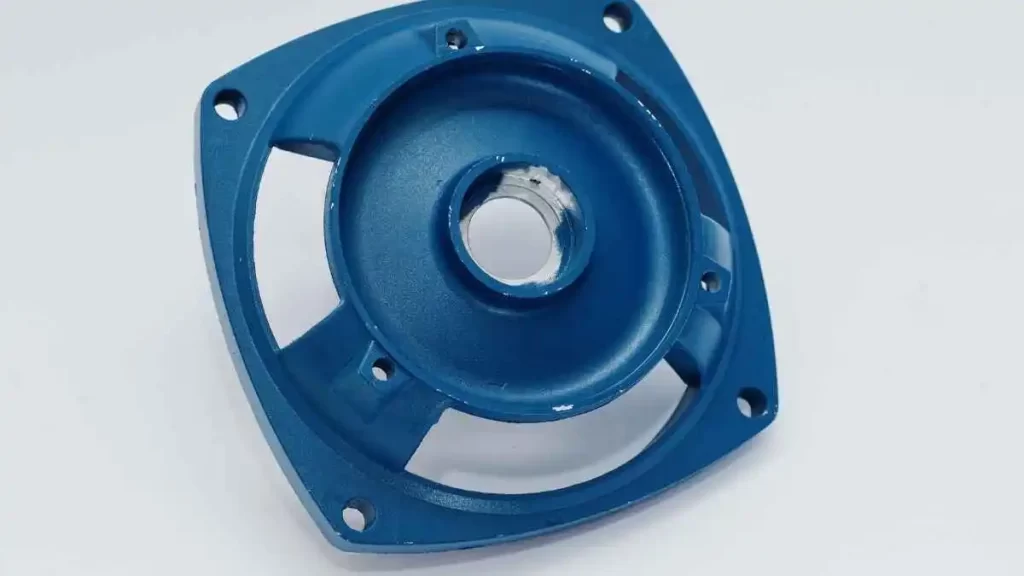
Image Name: Aluminum Powder Coated Part
The powder coating gives an even and hard finish mainly to plastic products. The variety does not get scratched easily and corroded. Like anodizing, you can get certain colors to allow for personalization.
Sandblasting
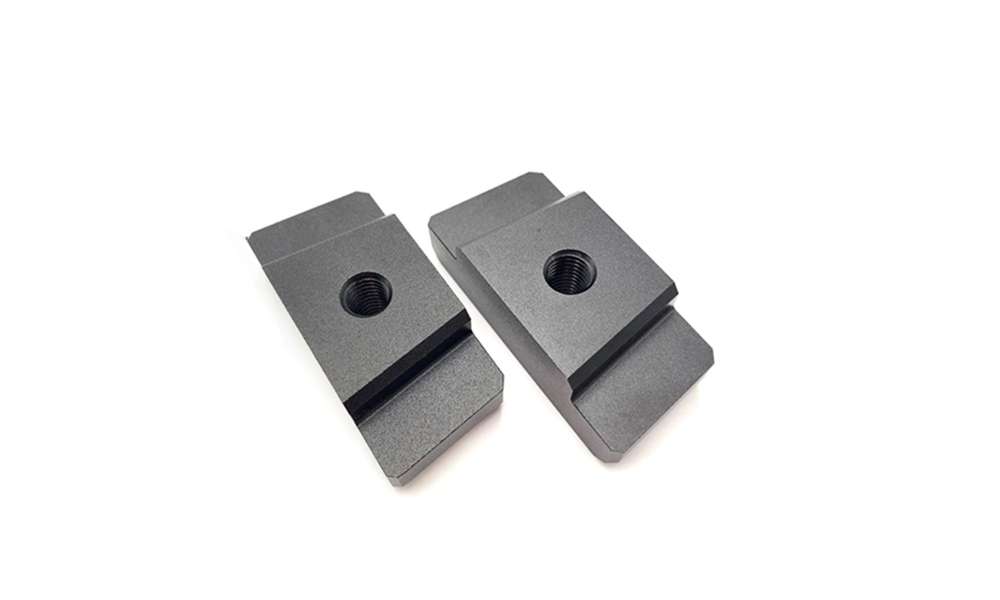
Image Name: Aluminum Sand Blasting
Sandblasting provides a good and uniform surface finish with a dull appearance. It desulphurizes and degreases aluminum in readiness for subsequent treatments. Mainly, it is used in the prototyping of structures and components of varying geometries and tolerances.
How Tool Selection Influences CNC Turning Operation For Aluminum
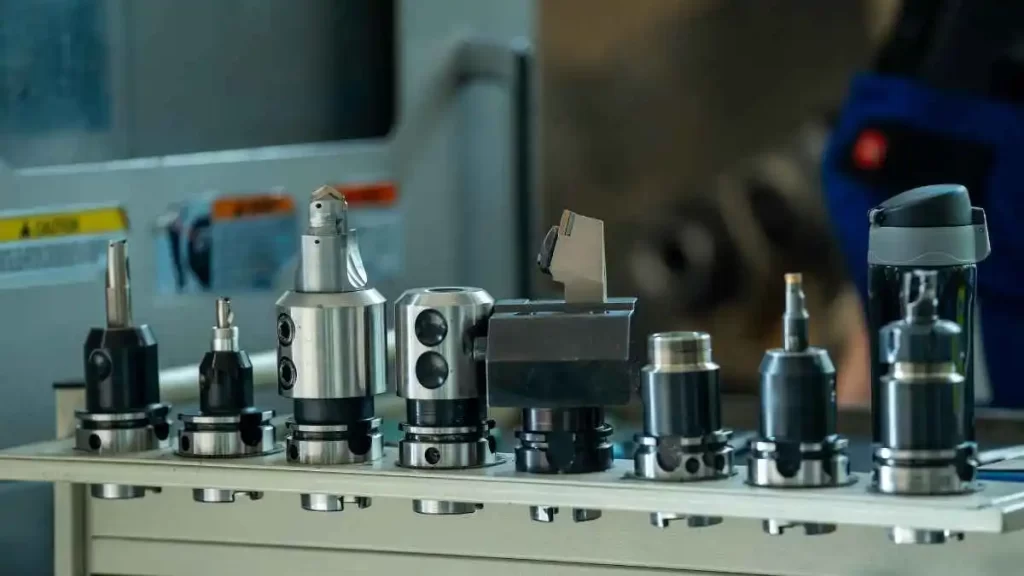
Image Name: Tool Collection For Machining Aluminum
As for the aluminum CNC machining process, tool selection is always a critical consideration. Tools emphasize equipment items and outperform in accuracy, working speed, and final results at the end.
Cutting Fluids
Cooling agents are optimum for results. In the dry-cutting process, you often encounter the issues of burrs and ragged edges. The right oil emulsions reduce stains on the surface and improve edge characteristics. Chlorine and sulfur-containing water should not be taken to have effects on the surface of the items.
Feeds and Speeds
The optimal control of reducing the cutting speed has a significant impact on the machining rates and quality of aluminum materials. At high speeds, the amount of heat produced comes down and the surface is made smoother. The feed rate defines how many times the tool has to travel back and forth in each cycle. For turning operations, the cutting tool is fixed, whereas the stock on which the operation is to be carried is mobile.
Tool Design
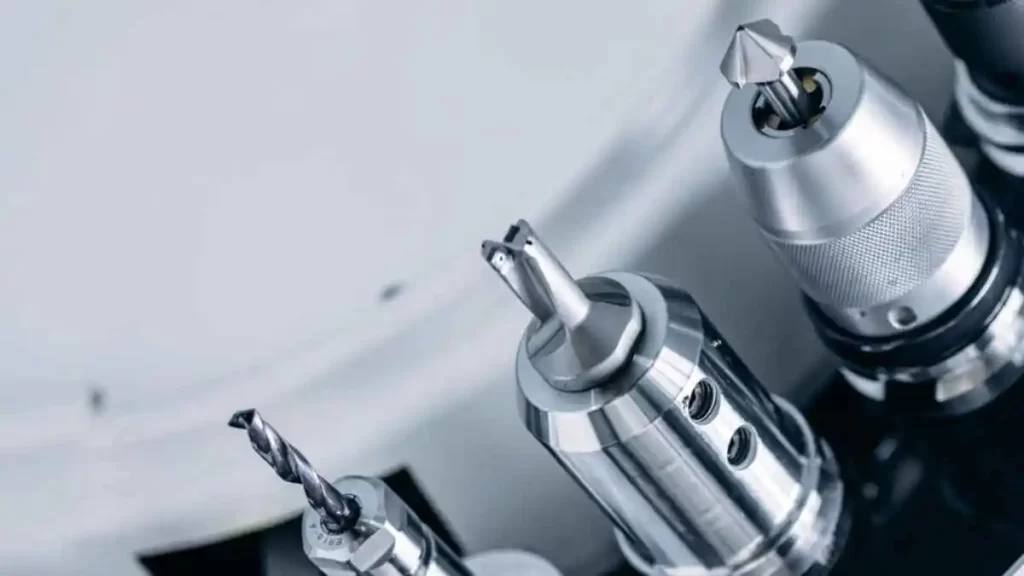
Image Name: Tool Tips For Machining Aluminum
Tool design is another element inspiring sufficient differences in chip evacuation grouped under one crucial component called the flute count of a tool. A flute count is much less, a range of two to three for aluminum machining. Fewer flutes discourage chip accumulation and eliminate the chances of immediately stopping the operation.
Tool Material
Aluminum needs cutting edges that are sharp, strong, and optimum to provide a suitable size and shape for the demanded product. Carbide tools outperform exceptionally well since they are quite hard. Secondly, cobalt-containing tools are acceptable since they do not interact with aluminum. A carbide cobalt blend allows for the creation of a tough material that will not deform.
Helix Angle
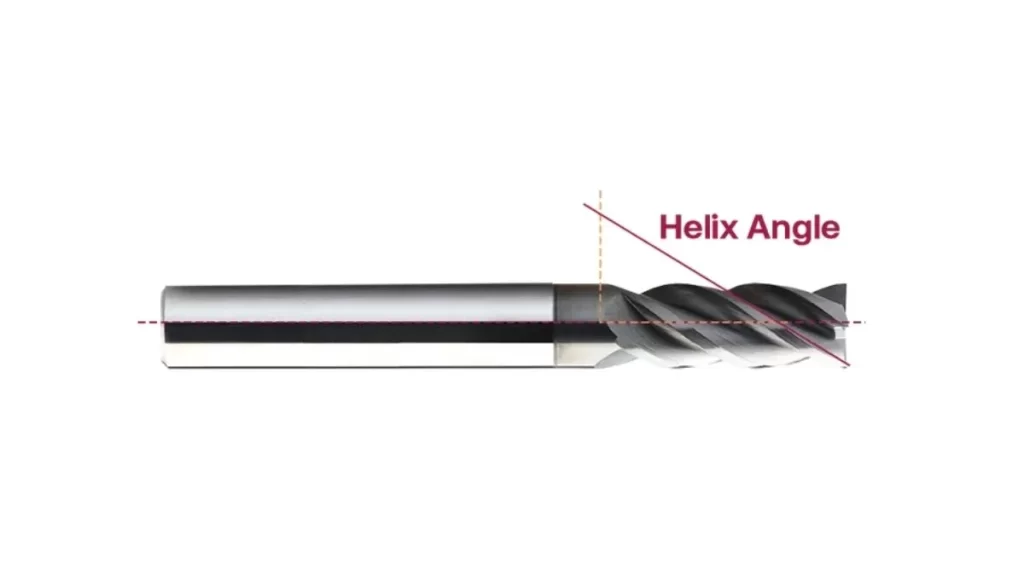
Image Name: Helix Angle
The increase in the helix angle influences chip removal and machining heat. A large helix angle is effective for chip evacuation while it increases friction. At high temperatures, chips stick and tend to weld to the cutting tool. Small helix angles are preferable to minimize friction while machining, but they seriously affect the rate of chip removal.
Aluminum’s Cost of CNC Turning Machining: Estimation Guide
When it comes to estimating aluminum CNC machining costs, there are several factors. In this section, you are guided to work to existing estimates to prevent you from overspending and meeting your set project needs.
Material Needs
The cost concerning the material is as follows: grade of Aluminum, required size, and quantity wanted. Design complexity plays a fundamental role in material utilization.
Labor Needs
Even CNC machines have to be run under the supervision of some human operator. The cost of employee and staff, their qualifications, working hours, and remunerations play a part here. Contact us here, and get wholesale aluminum cnc turning parts machining solutions.
Case Study: Precision Aluminum In the Automotive Industry For Chasis & Engine Parts
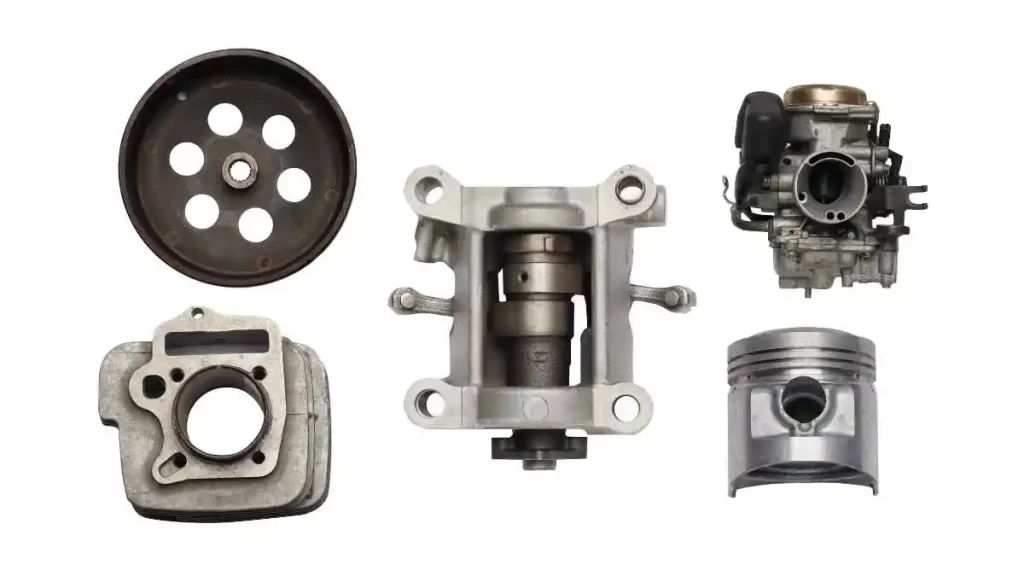
Image Name: Aluminum Made Automotive Components
Case Study Overview:
The discussion surrounds the CNC turning of aluminum engine parts such as pistons and cylinder heads in the automotive sector. The subdivisions are required to have minimum weight and strength to take high operational loads in automotive engines. The manufacturing process utilized included CNC turning as well as basic milling, which was largely needed to optimize for speed and repeatability to feed the requirements of mass production.
Typical Challenges Involved:
Precision vs. Speed: The challenge of combining accurate machining like minimal tolerance ±0.01 mm with high-rate fabrication. The bolt-on parts had to fit well to warrant the engine performance and yet the important parts had to be made very quickly due to high demand at speeds of 150 units per day.
Material Deformation: Aluminum 6061, the selected material, has fairly good machinability but tends to distort and deform in high-speed cutting and heat generation, leading to 12% rejection rates in early trials due to poor dimensional stability.
Surface Finish: The final product needed a roughness of 0.8 µm for better interlocking and operation. However, achieving this level requires high machining speed and to make it to get a smooth surface without much post-processing took considerable time about a 20% increase.
Rectification Measures:
Optimized Machining Parameters: To be able to sort out the issues of speed and precision, the machining parameters were optimized. The spindle speed was reduced by 15% to avoid excessive heat generation, which proved to be detrimental to the cutting process, while the feed rate was chosen to give a good finish at a reasonable feed rate.
Tooling Adjustments: To minimize the tool wear during the turning operation, high-performance cutting tools with TiAlN coating were used, which reduces tool wear by 40%. This made it easier to keep the dimensions of the components as required without having to replace tools very often to save time.
Cooling Techniques: Advanced cooling methods, such as mist cooling and flood cooling were employed to avoid material distortion by heat. Moreover, it provides assured material stability by reducing part deformation rates by 25% throughout the machining process to improve the tolerance of the end product.
Quality Control Improvements: The quality improved by integrating improved CMM scanning for inspection to check the dimensions of the components. This results in a 10% improvement in dimensional accuracy.
Outcomes:
High-Quality Engine Parts: All the final components precisely matched the automotive industry benchmarks, both in performance tests and stress analysis. The engine parts, like the piston and the cylinder heads, were strong enough to effectively bear operational pressures of up to 200MPa under high-stress conditions.
Production Efficiency Improvements: Accomplishing high accuracy in an extremely minimum time by fine-tuning the machining parameters at up to 18% increasing production efficiency. However, this reform increases the manufacturing cost but correspondingly maximizes the overall production rates.
Improved Finish Quality: These changes in tooling and cooling systems resulted in a high finish quality of the aluminum parts of up to 0.8µm as intended. Therefore, further subsequent polishing was also eliminated for the quality of the aluminum and assembly line performance.
Source Your CNC-Turned Aluminum Parts with Prolean Tech
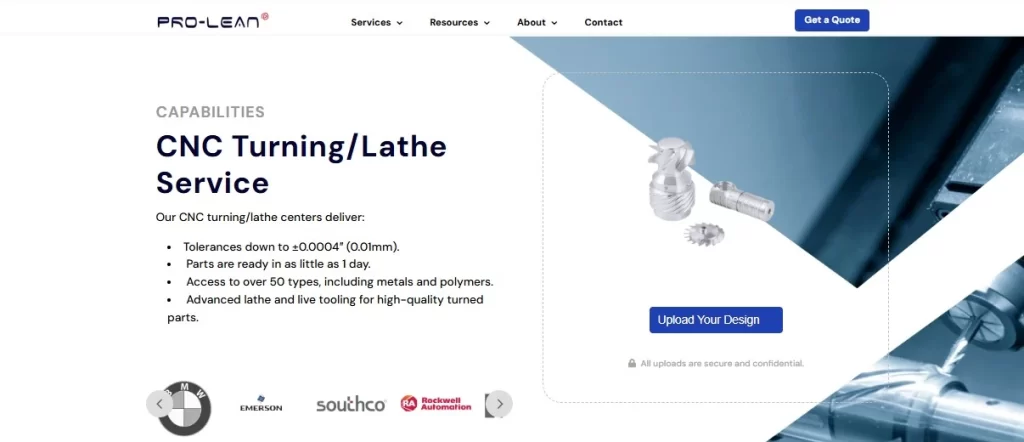
Image Name: Prolean’s CNC Turning Capabilities
If you’re seeking a reliable way to source aluminum machined parts, Prolean Tech is your ideal partner. We are the best China aluminum CNC turning parts suppliers.
Our on-demand aluminum machining service and advanced in-house manufacturing provide professional support so you can receive your parts promptly with industrial-grade precision and quality.
You can simply upload your designs to our platform to get an instant free quote and bring your project to life with no effort.

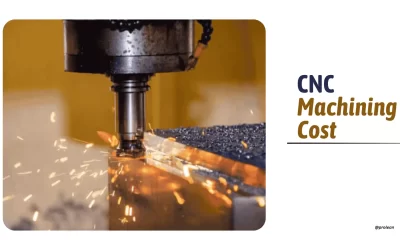
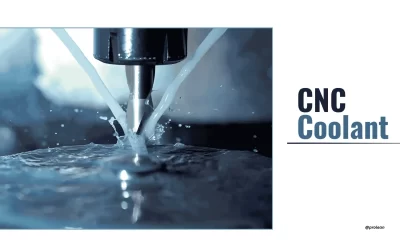
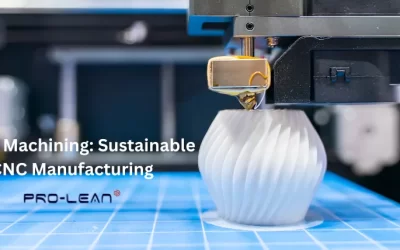
0 Comments